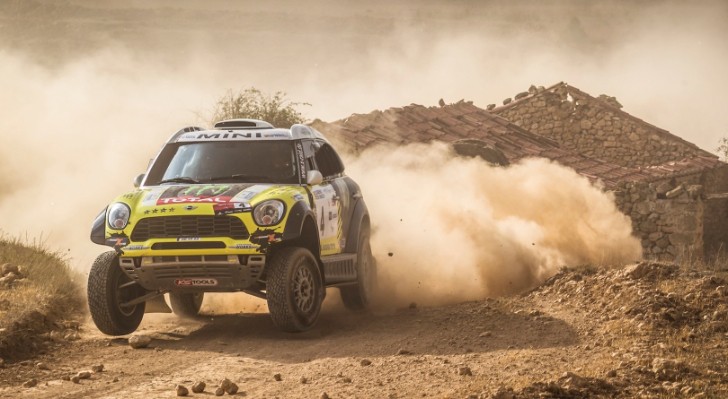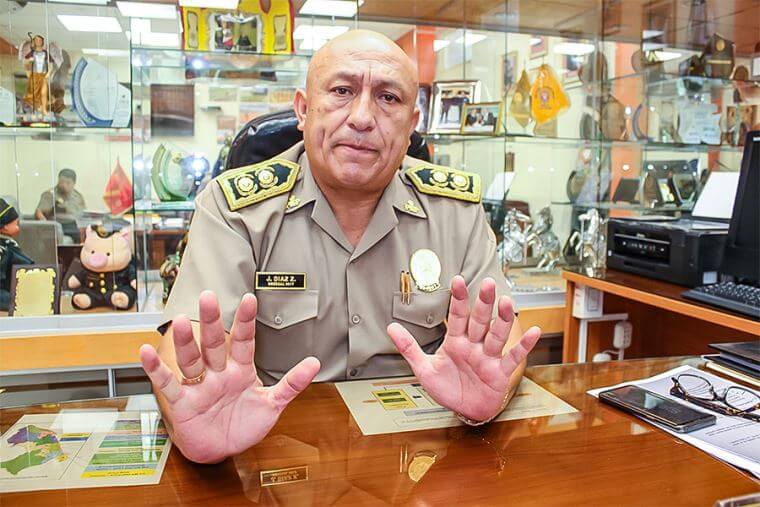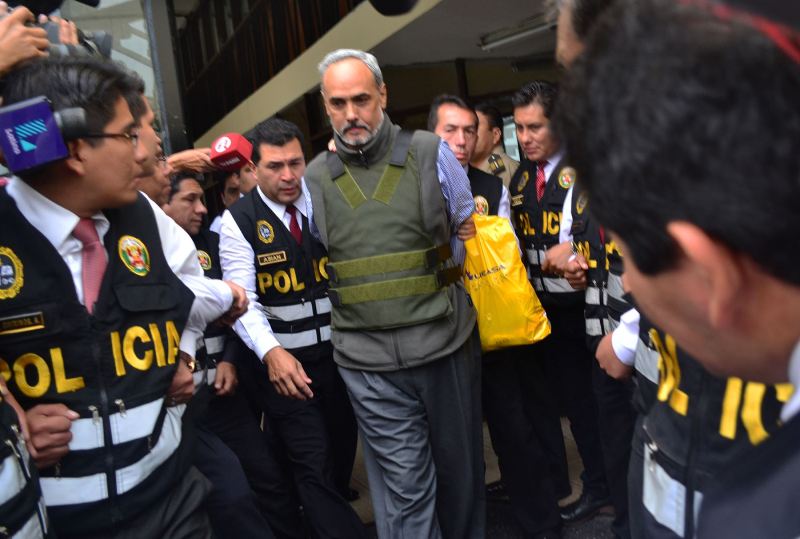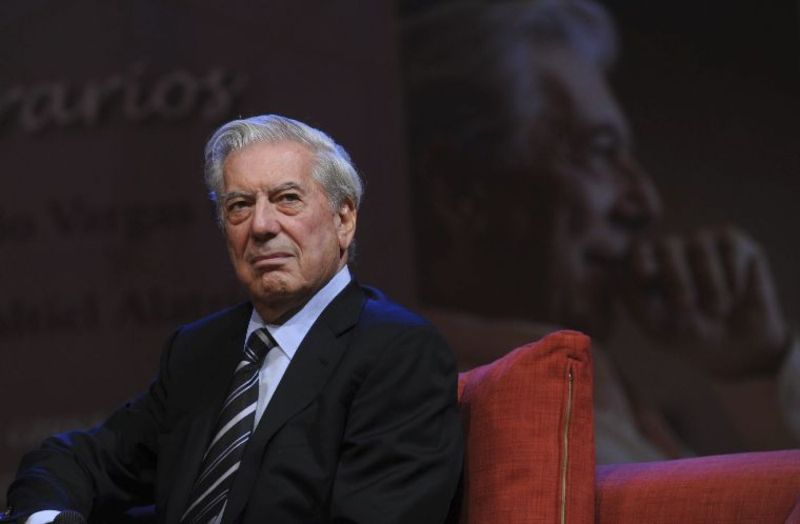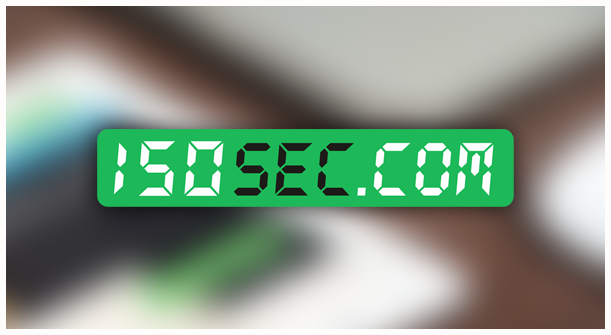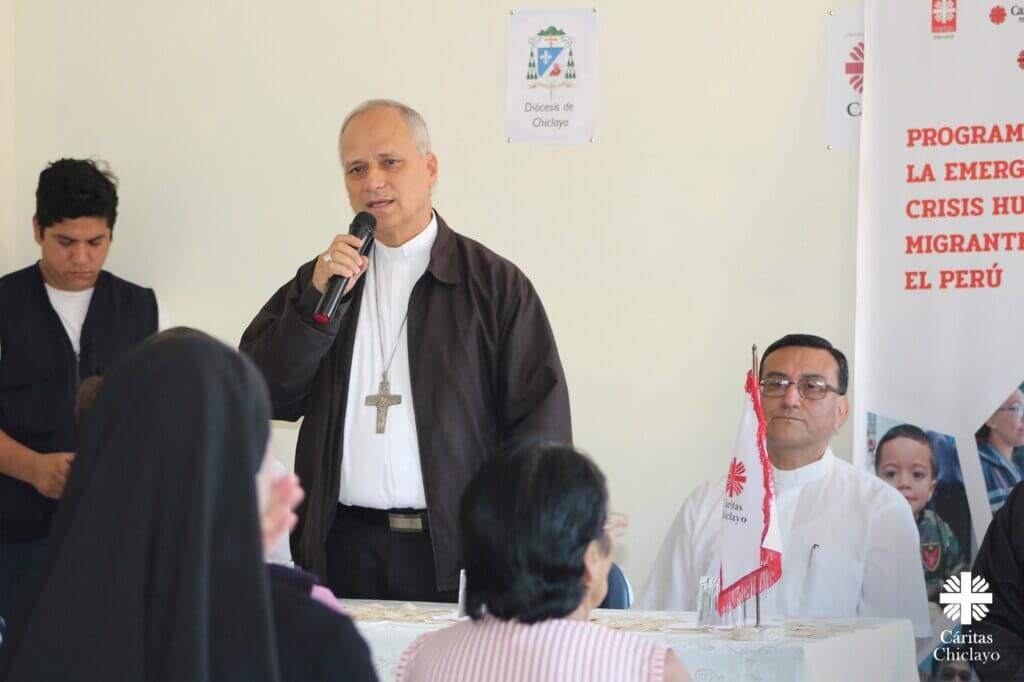After a 5-year absence, Peru is back to hosting the toughest off-road rally in the world. Rally Dakar 2018 starts on January 6th in Lima.
Through 6 stages, the rally will cross the stunning Peruvian desert and face its giant yellow dunes, sudden precipices and steep inclines.
The route will meander over Pisco, San Juan de Marcona and Arequipa towards the south of the country, Puno, where it will cross the border into Bolivia. On the 20th of January, after 14 stages, the race will finish in Cordoba, Argentina.
The Dakar Rally, formerly known as the “Paris–Dakar Rally”, is an annual off-road endurance event open both to amateurs and professionals and considered the world’s most important off-road rally.
 At its inception in 1978, the races effectively ran from France to Senegal. However, security threats in Mauritania caused the race to be held in South America from 2009 onwards. To date, the toughest rally in the world has visited 29 countries (3 in Europe, 5 in South America and 21 in Africa)
At its inception in 1978, the races effectively ran from France to Senegal. However, security threats in Mauritania caused the race to be held in South America from 2009 onwards. To date, the toughest rally in the world has visited 29 countries (3 in Europe, 5 in South America and 21 in Africa)
In last year’s edition, there was participation from more than 500 drivers of motors, cars, quads and trucks from more than 60 countries. 4.5 million viewers followed the race along the route and 190 million more watched it televised, with 70 TV stations broadcasting the event for 1,200 hours.
With its varied geography, in which the majestic and challenging dunes of the Peruvian desert will play a key role, the 40th anniversary of the race is set to become one of the most attractive editions.
It took Peru 6 million dollars to host Dakar. The Ministry of Foreign Trade and Tourism, (Mincetur ) together with the Ministry of Culture, Environment (Sernanp) and Education (IPD) negotiated the deal.
According to estimations of the Minister of Foreign Trade and Tourism, Eduardo Ferreyros, the race will generate more than 350 million dollars. Furthermore, it will brand Peru as a must-see tourist destination.
To do so, Peru’s Exports and Tourism Promotion Board (PromPeru) has set up a range of special activities to bring the country’s delightful destinations and gastronomy closer to the rally-attending tourists.
The route was defined through various cabinet meetings and on-site visits with the organization. It complies with all requirements to safeguard the country’s archaeological and paleontological heritage and won’t have negative ecological impacts, according to the minister.
Since it set foot on South-America, Dakar has partnered up with Techo, an international NGO focused on emergency housing. Over time, it has donated $1, 237, 000 to support this charity to build 350 houses and provide social reintegration projects for the families.
Last year, Peru experienced a crisis when it was hit by multiple floodings. In response to the resulting lack of drinking water, the Dakar organization has donated a water purification system producing up to 13,000 litres of water a day.
On January 3 (2 pm- 11 pm), festivities take off at the “Dakar Village”, the Rally’s epicentre that’s open to the public. It is located at the Pentagonito de San Borja at Lima’s National Army Headquarters and attendees can enjoy typical dances and taste some of Peru’s delicious food.
The following days, on January 4 (11 am- 11 pm) and 5 (11am-11pm), all competitors and vehicles will be officially screened and shown to the public.
The same village will become the pole position for the fans to be part of the race on January 6. After all the drivers have shown off their vehicles one last time, the race kicks off and heads towards Pisco.
There, in Pisco, the “Peru, Mucho Gusto” fair opens its doors. During two days, top Peruvian dishes will be exhibited through tasting sessions in order to promote the quality, variety, and benefits of Peru’s gastronomy. The same fair will later set foot in Puno, before Peru waves goodbye to the race, as it continues its journey towards Bolivia and Argentina.
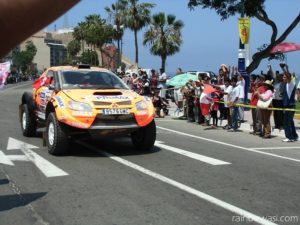 With the Pacífic to the West and the desert to the East, the Peruvian coast offers spectacular scenery for the first 272 km of the race. As it is very near the Panamerican highway, the first stage grants easy access for spectators. Though the assigned zones for the public along the highway might be packed if you don’t show up early, the creative and adventurous among us might find a unique spot in the dunes to have a front row of live action.
With the Pacífic to the West and the desert to the East, the Peruvian coast offers spectacular scenery for the first 272 km of the race. As it is very near the Panamerican highway, the first stage grants easy access for spectators. Though the assigned zones for the public along the highway might be packed if you don’t show up early, the creative and adventurous among us might find a unique spot in the dunes to have a front row of live action.
According to RedBull, for the greatest tribune in the world to watch the race, you have to pull off the 1S highway in Ica and drive towards the desert.
Australian motorhead Guy Basile was there in 2013. He spoke with great emotion about witnessing the start of the race that year: “Standing among the two-million spectators on the start line in Lima is something else. You’re right next to the beach. There are people lining the course 10-deep for at least 20 km. The noise is amazing – the South Americans are so passionate. Watching all my motorsport heroes set off will stay with me forever.”


